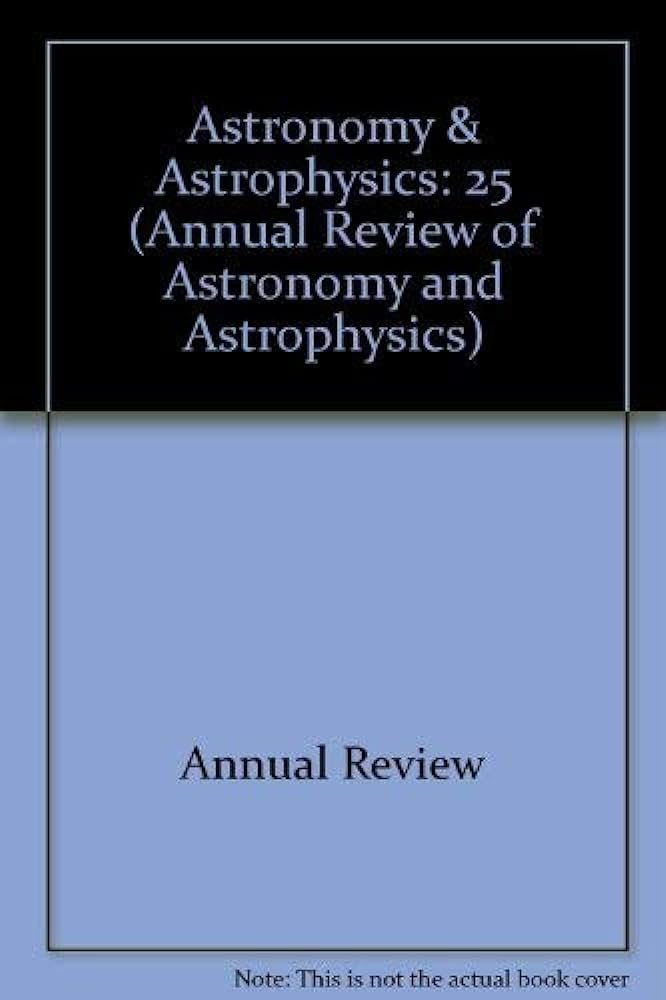Dynamical Evolution of the Early Solar System
IF 32.5
1区 物理与天体物理
Q1 ASTRONOMY & ASTROPHYSICS
Annual Review of Astronomy and Astrophysics
Pub Date : 2018-07-17
DOI:10.1146/annurev-astro-081817-052028
引用次数: 156
Abstract
Several properties of the Solar System, including the wide radial spacing of the giant planets, can be explained if planets radially migrated by exchanging orbital energy and momentum with outer disk planetesimals. Neptune's planetesimal-driven migration, in particular, has a strong advocate in the dynamical structure of the Kuiper belt. A dynamical instability is thought to have occurred during the early stages with Jupiter having close encounters with a Neptune-class planet. As a result of the encounters, Jupiter acquired its current orbital eccentricity and jumped inward by a fraction of an astronomical unit, as required for the survival of the terrestrial planets and from asteroid belt constraints. Planetary encounters also contributed to capture of Jupiter Trojans and irregular satellites of the giant planets. Here we discuss the dynamical evolution of the early Solar System with an eye to determining how models of planetary migration/instability can be constrained from its present architecture. Specifically, we review arguments suggesting that the Solar System may have originally contained a third ice giant on a resonant orbit between Saturn and Uranus. This hypothesized planet was presumably ejected into interstellar space during the instability. The Kuiper belt kernel and other dynamical structures in the trans-Neptunian region may provide evidence for the ejected planet. We favor the early version of the instability where Neptune migrated into the outer planetesimal disk within a few tens of millions of years after the dispersal of the protosolar nebula. If so, the planetary migration/instability was not the cause of the Late Heavy Bombardment. Mercury's orbit may have been excited during the instability.早期太阳系的动力演化
如果行星通过与外盘星子交换轨道能量和动量而径向迁移,则可以解释太阳系的一些性质,包括巨行星的宽径向间距。尤其是海王星的星子驱动的迁移,在柯伊伯带的动力学结构中有着强烈的主张。在木星与海王星类行星近距离相遇的早期阶段,人们认为发生了动力学不稳定。由于这些相遇,木星获得了目前的轨道离心率,并向内跳跃了一个天文单位的一小部分,这是类地行星生存和小行星带限制所必需的。行星相遇也有助于捕捉木星木马和巨型行星的不规则卫星。在这里,我们讨论了早期太阳系的动力学演化,以确定行星迁移/不稳定模型如何从其现有结构中受到约束。具体来说,我们回顾了一些论点,这些论点表明太阳系最初可能在土星和天王星之间的共振轨道上包含第三颗冰巨星。这颗假设的行星可能是在不稳定期间被喷射到星际空间的。柯伊伯带内核和跨海王星区域的其他动力学结构可能为这颗被喷出的行星提供了证据。我们支持早期版本的不稳定性,即海王星在原太阳星云扩散后的数千万年内迁移到外星盘。如果是这样的话,行星的迁移/不稳定并不是后期重轰炸的原因。水星的轨道可能是在不稳定期间被激发的。
本文章由计算机程序翻译,如有差异,请以英文原文为准。
求助全文
约1分钟内获得全文
求助全文
来源期刊

Annual Review of Astronomy and Astrophysics
地学天文-天文与天体物理
CiteScore
54.80
自引率
0.60%
发文量
14
期刊介绍:
The Annual Review of Astronomy and Astrophysics is covers significant developments in the field of astronomy and astrophysics including:The Sun,Solar system and extrasolar planets,Stars,Interstellar medium,Galaxy and galaxies,Active galactic nuclei,Cosmology,Instrumentation and techniques,
History of the development of new areas of research.
 求助内容:
求助内容: 应助结果提醒方式:
应助结果提醒方式:


